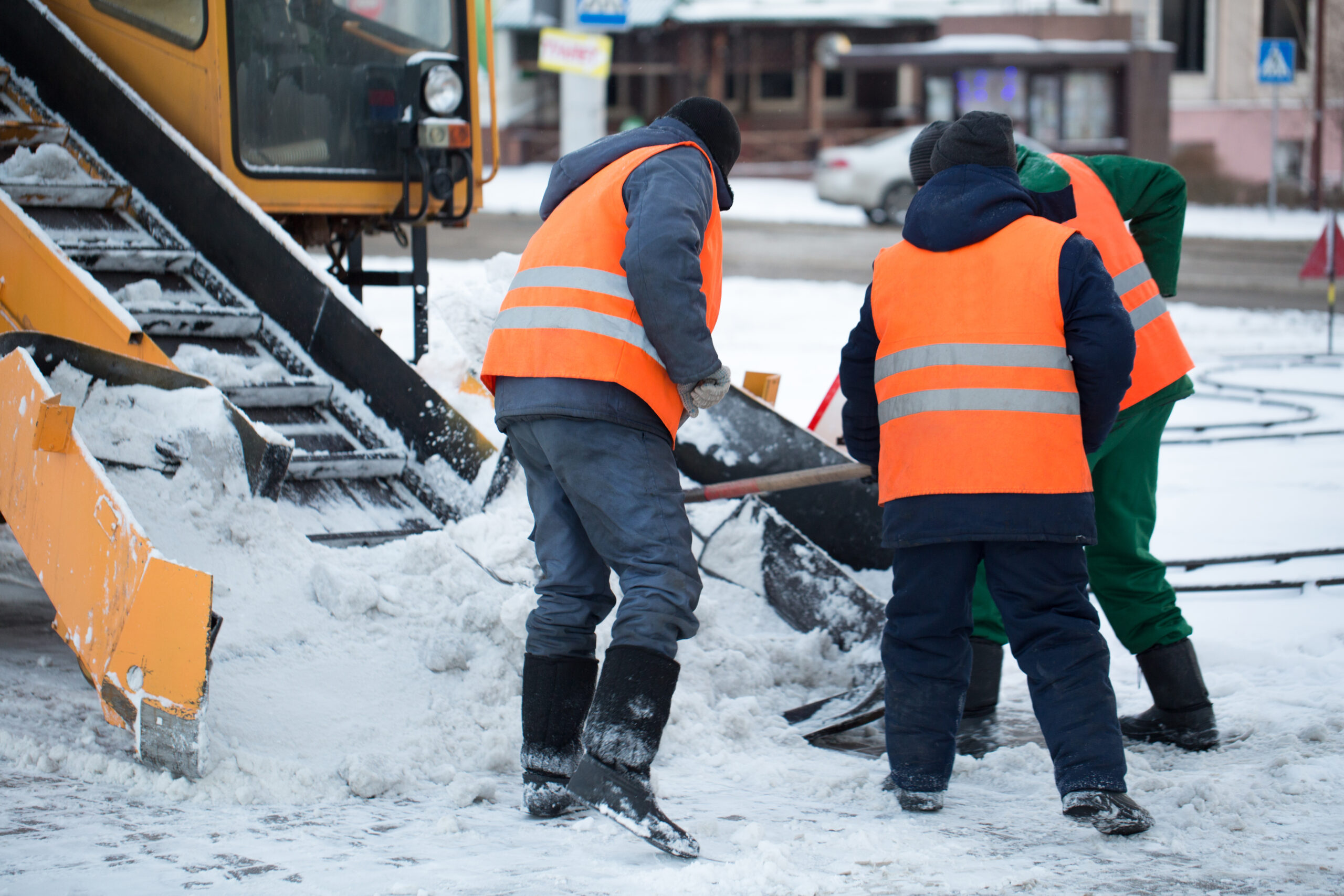How To Protect Employees from Cold Stress
Posted in Accident & Injury, Health & Wellness, Workplace Injuries and Claims on January 16, 2025

Winter weather can be challenging for people who work outside. With icy grounds and freezing temperatures, it’s important to be careful, as the risk of getting sick from the cold can increase quickly if proper safety measures aren’t in place. While there aren’t specific rules from the Occupational Safety (OSHA) about working in cold weather, employers are still responsible for keeping their workplaces safe. By preparing well and working together, employers and employees can help reduce these risks and stay safe. However, if your employer fails to provide a safe workplace, you may have the right to sue your employer for negligence.
What Are Cold Stress Injuries?
Cold stress injuries happen when someone is exposed to low temperatures for a long time, ranging from mild to severe. Some common types of injuries that people might face in cold conditions are frostbite, hypothermia, and trench foot.
- Frostbite – Occurs when skin and tissues freeze, leading to serious damage or even the need for amputation in severe cases.
- Hypothermia – Happens when the body loses heat faster than it can produce it and can be life-threatening if not treated quickly.
- Trench foot – Results from being in cold, wet conditions for too long and can harm blood circulation, nerves, and tissues.
Even less severe conditions, like frostnip or chilblains, can become more serious if not taken care of immediately.
Employers’ Role in Keeping Their Employees Safe
Employers play a crucial role in protecting their employees during winter. One of the most important steps is providing training. Employees need to know how to recognize signs of cold stress, check their and coworkers’ conditions, and dress properly for the cold. It’s also crucial for training to include information about common winter dangers, like slippery surfaces, strong winds, and downed power lines.
In addition to training, employers can take practical steps to improve safety by:
- Setting up heaters in outdoor work areas or creating wind barriers to lessen the impact of cold winds.
- Providing tools and equipment specifically designed for winter conditions, like lifts for spreading de-icing materials, can also help keep workers safe.
- Scheduling outdoor work during the warmest times of the day and limiting how long workers are exposed to extreme cold.
- Regularly offering breaks in warm places to help workers warm up and regain their strength.
- Staying up to date on weather conditions and having reliable communication so workers know when severe weather is approaching and can take the proper steps to protect themselves.
Wearing Proper Clothing Is Important to Stay Warm
One of the best ways to keep your body warm is by layering your clothing. Follow these steps for proper heat retention:
- Start with a base layer that sits close to your skin. Choose materials like wool, silk, or synthetic fabrics that help pull moisture away from your skin. Avoid cotton, as it tends to hold onto moisture and can make you feel colder.
- Add a middle layer of insulation, like fleece or wool, to trap body heat.
- Put on a windproof and water-resistant outer layer to protect yourself from the harsh weather.
- Wearing insulated gloves, waterproof boots, and hats that cover your ears is a good idea to stay warm. If it’s very cold or windy, a knit mask or scarf can help protect your face.
What to Do When Workplace Injuries Happen
Injuries caused by cold stress are generally covered by workers’ compensation insurance. This means that workers can receive medical treatment, compensation for lost wages, and additional benefits to aid their recovery. However, the process of filing a claim can be confusing, especially if the claim is challenged or denied. If this happens, it’s a good idea to talk to a workers’ compensation attorney.
Keeping workers safe involves a mix of training, preparation, and constant awareness. Employers need to focus on safety by putting effective measures in place, providing the right gear, and making sure workers are well-trained and supported. At the same time, workers should take charge of their own safety by dressing warmly, staying hydrated, and looking out for themselves and their colleagues for any signs of cold stress.